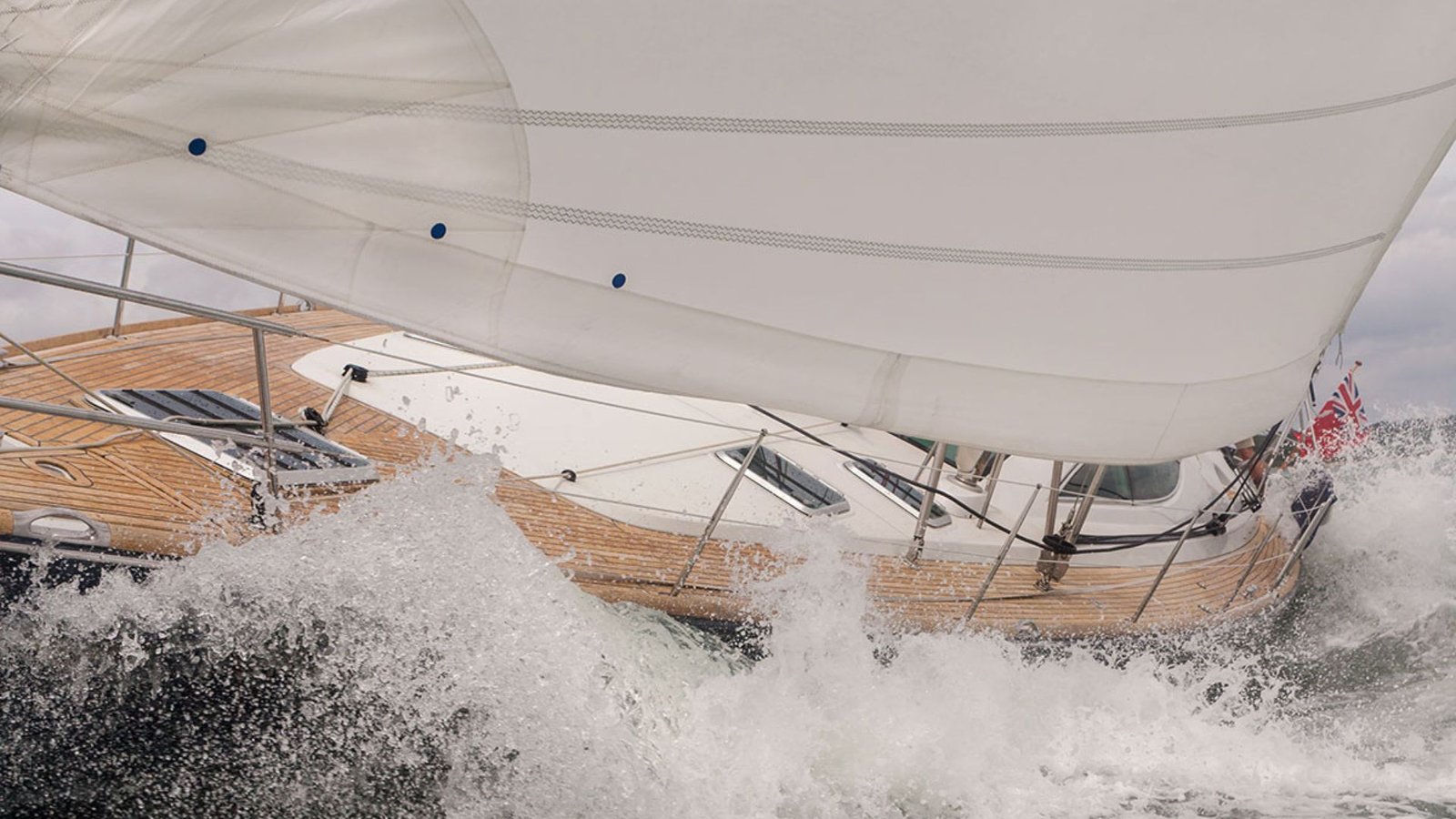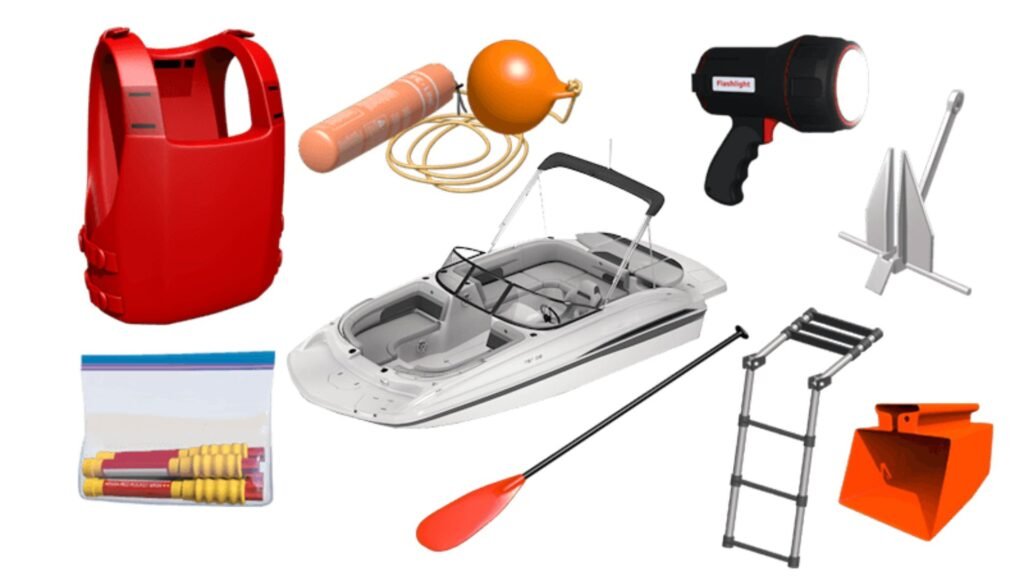Yacht safety is a top priority for anyone planning to spend time on the water. Whether you’re chartering a yacht or purchasing one, having the right safety features is crucial for a secure and enjoyable experience. This guide highlights the essential safety features every yacht should have, ensuring peace of mind for everyone on board.

Life Jackets and Personal Flotation Devices (PFDs)
Every yacht must be equipped with an adequate number of life jackets for all passengers and crew. These personal flotation devices (PFDs) should be easily accessible and in good condition. Different types of PFDs cater to various water activities, so it’s important to have the right ones based on the size and nature of the yacht. Additionally, children should have appropriately sized life jackets.
Fire Extinguishers
Yachts have a high risk of fire due to the presence of fuel, engines, and electrical equipment. Fire extinguishers are an essential safety feature on every yacht, and they should be placed in key areas like the engine room, galley, and cockpit. It’s important to ensure that fire extinguishers are regularly inspected and maintained and that all passengers know how to use them in case of an emergency.
First Aid Kit
A well-stocked first aid kit is a must-have on every yacht. It should contain bandages, antiseptics, pain relief medication, seasickness tablets, and emergency medical supplies. In the event of an injury or illness, having basic medical supplies on hand can prevent minor problems from becoming major issues while at sea.
VHF Radio and Communication Devices
A reliable communication system is essential for any yacht. VHF radios are the standard for marine communication, allowing you to reach the Coast Guard, nearby boats, or marinas in case of an emergency. Additionally, it’s a good idea to carry a satellite phone or emergency beacon (EPIRB) for areas with limited radio coverage.
Life Rafts and Rescue Boats
In the event of an emergency where abandoning the yacht becomes necessary, life rafts are a vital safety feature. The number and capacity of life rafts should accommodate all passengers and crew. Additionally, a small rescue boat or tender can provide a secondary means of evacuation or assistance in rescue operations.
Flares and Signaling Devices
Visual signaling devices, such as flares, are essential for alerting nearby vessels or rescue teams in an emergency. Flares come in various types, including handheld, rocket, and smoke flares, and they should be stored in a dry, easily accessible location. Other signaling devices, such as air horns, whistles, and mirrors, can also be used to attract attention if necessary.
Navigation Lights and Proper Lighting
Yachts must have proper navigation lights to ensure visibility in low-light conditions, such as at night or in foggy weather. These lights help other vessels identify your position and direction. Additionally, internal and deck lighting should be sufficient for safe movement around the yacht after dark.
Bilge Pumps and High Water Alarms
Bilge pumps are crucial for removing excess water that enters the yacht’s hull. Every yacht should be equipped with both manual and automatic bilge pumps. High water alarms are also essential, alerting the crew if water levels rise dangerously, and allowing for prompt action to prevent flooding or sinking.
GPS and Chart Plotters
A reliable GPS is essential for navigation, helping you plot your course and avoid hazards such as shallow waters or rocky outcrops. Modern chart plotters can provide real-time updates on your location and surroundings, ensuring you stay on course and navigate safely in any conditions.
Anchor and Ground Tackle
Having a strong and reliable anchor is essential for securing the yacht in one position during rough weather or emergencies. Ground tackle includes the anchor, chain, and rope, all of which should be of high quality to prevent drifting. A backup anchor is also recommended in case the primary one fails.
Conclusion
Yacht safety should never be compromised. Equipping your yacht with these essential safety features ensures you are prepared for any emergency that may arise on the water. Whether it’s personal flotation devices, communication tools, or life rafts, having the right equipment on board can mean the difference between a smooth journey and a dangerous situation.

